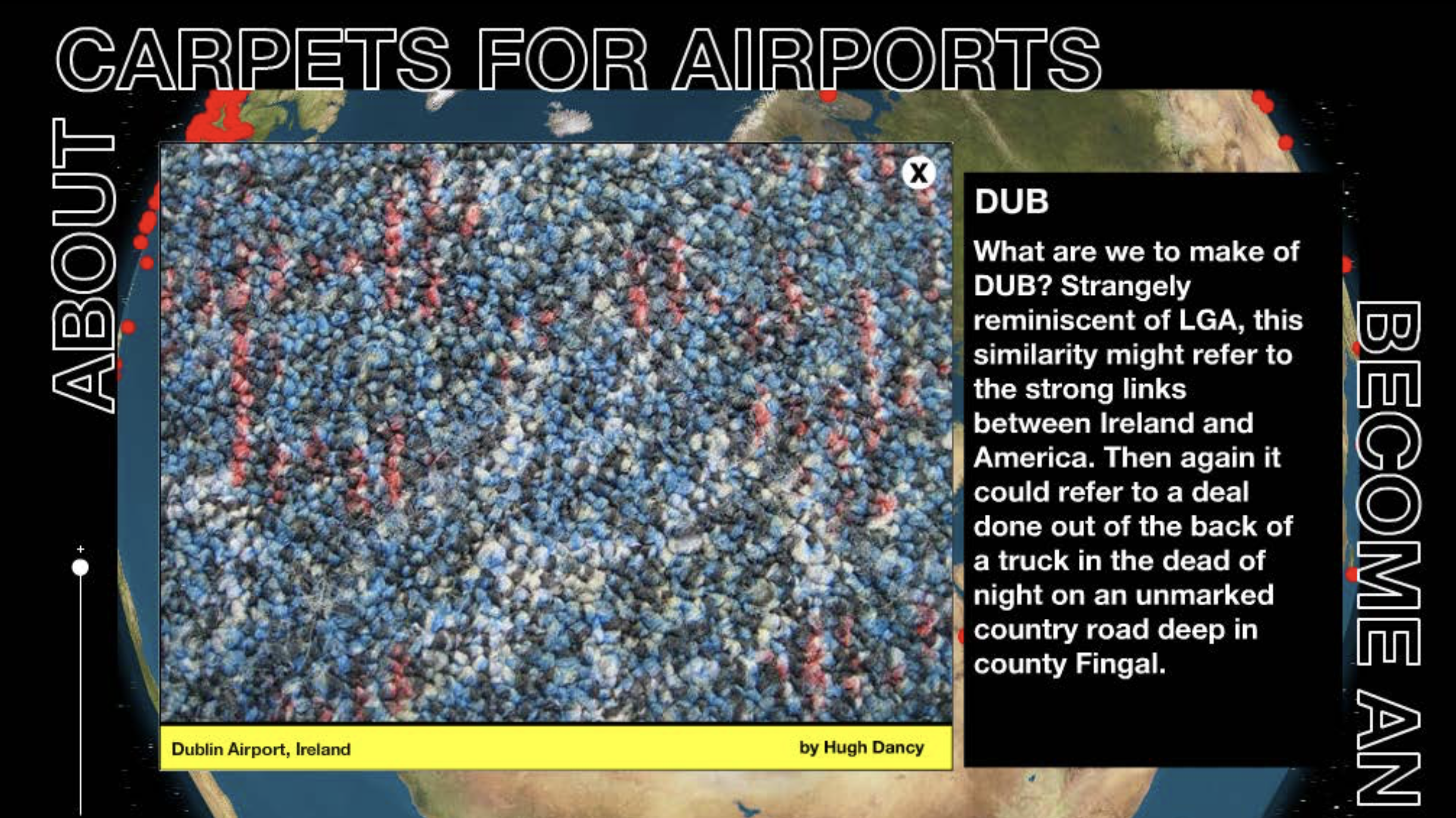WHAT TRADITIONAL CREATIVES DON'T UNDERSTAND ABOUT TECHNOLOGY
“We shape our technology; then technology shapes us.”
I still remember the day my dad bought our first desktop computer. It was a huge light cream Compaq Presario that we had to wheel into our car. As a kid, the unboxing experience of new tech was something extraordinary. Heavy devices protected by thick foam and a never-ending pile of user guides somehow made the experience feel like Christmas, no matter the time of year.
Gone are the days when we defined technology as heavy physical objects in our living room. We are witnessing how powerful advancements in technology, like cloud services and AI, are converging to turn physical devices into software and data. As technology becomes more sophisticated, it also becomes more invisible.
All this means is that the power of computers and devices will matter less and less, as technology slowly blends itself as part of ourselves.
Technology's role in our lives, our behaviour, and consequently our society is something that most traditional advertising creatives haven't fully grasped. They see technology as a gimmick or just as another trendy medium where to place their traditional thinking.
The exponential growth of technology has disrupted many industries, making them obsolete, and it would be naive to think that it hasn't played a role in the world of communication. Technology has turned storytelling from a one-way, passive and disruptive act into an immersive experience where consumers play an active role.
How technology changed human behaviour
Human needs existed long before we created technology. When our basic human needs were fulfilled, humans evolved, and eventually, technology became an extension of our human capabilities. However, the human is the only creature that is aware of its mortality – which is why we seek immortality through different projects. The internet lets people create their own immortality projects instead of picking something from the shelf. The internet has created a global digital tribal society.
What happens when you put 3 billion people in the same room:
A website that reviews all international airport carpets.
An online fashion store exclusive for french bulldogs:
A Youtube channel dedicated to reviewing carwashes, elevators and hotels.
Of course not all of it is necessarily good:
Let them be the hero
Humans are limited in their abilities. We can't create a new me by ourselves. A snap of our fingers cannot create a world where a morning commute is an enjoyable experience. Realizing such a change requires innovation. Progress can only happen when we attach and integrate new ideas and new products into our lives.
Technology has changed marketing and advertising approach to consumers. From: let’s MARKET / SELL ____ to a group of people. To: let's HELP people with _______.
Disguised as a "gift", technology can help brands integrate themselves into people’s lives by solving customers’ problems, turning them into the story's heroes by evolving to become that better version of themselves. It changes the narrative from a linear 2D storyline to an immersive and far more engaging experience.
Here are a few examples of this:
There are cases where technology is placed as the shiny coat to a badly formed idea.
A clear example of technology being used without a real understanding of the human problem (hint: drivers fall asleep because they are overworked, which is the real problem):
Or this one, where the use of drones is redundant:
It's important to highlight that technology is just a tool and should never be used as the driving force of our communication. Technology needs a story, a reason to exist. Just because we have the resources to build something doesn't mean we should. And that is why it is so important for creatives to learn to understand technology, with all its capabilities and limitations, in order to create engaging stories that can change the relationship dynamic between brands and consumers.
Guillermo Carvajal is an innovative creative working for
clients in Australia, South America and the US. www.gc-ad.com




